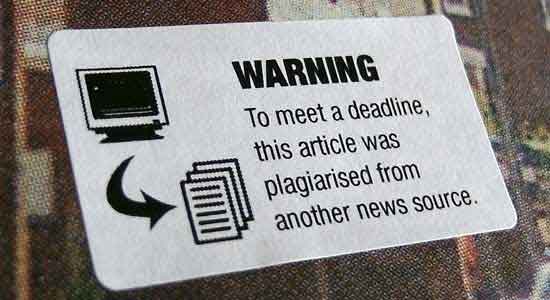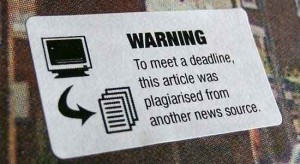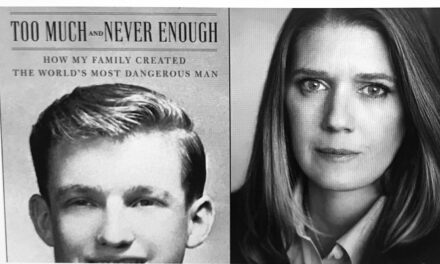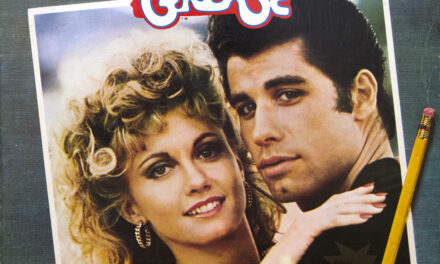I recently attended a talk in Hoboken by investigative reporter and author Diana Henriques. As part of her presentation, she told an audience at Little City Books about how gratifying it was to have her publisher, Henry Holt, exhibit patience in the reporting and writing process when she was working on The Wizard of Lies, her bestselling book about Bernie Madoff.
In other words, even as other books were rushed to publication, her project wasn’t all about the instant gratification window around the sensational Madoff story. It was about putting in play her decades of experience in investigative reporting on white-collar crime, market regulation, and corporate governance.
It got me thinking about whether the average reader in this time of quick bites, click bait, and being first appreciates the difference between dogged reportage and, shall we say, dashed off articles or books designed to fill space. Some of the latter have value, to be sure, but I’m more concerned with whether or not people are aware of the contrast.
They don’t seem to be, do they?
It brought to mind, believe it or not, my scarf collection. Let’s take my pinkish silk one purchased in Lake Como, Italy vs. the cream and black cotton one found at the Gap outlet. They both serve a purpose. I like them a lot. But in no way do I equate the feel of wearing luxurious Lake Como silk that caresses my neck with the fun cotton one and its quirky cursive design. They are markedly different fashion experiences.
No need to be a snob and only go high. Great to appreciate value and not see it as cheap or beneath us. But know the difference.
Having a journalism degree from the 1980s and having worked for newspapers for years, I know a lot of journalists and former journalists. Sometimes on social media we’ll lament the demise of the art of editing (Does anyone know how to use an apostrophe anymore?) and we’ll understandably empathize when another round of layoffs hits a newspaper. It is or was our chosen field and it saddens us.
However, I think what is gradually happening that isn’t as in-our-face as the decline of grammar and spelling in “articles” is that we’re seeing the general public’s growing apathy or ignorance about what journalism is or should be. It’s not like I didn’t already know my beloved profession was morphing into something else entirely, but hearing Henriques on the very same day that I saw the movie Spotlight and just a few weeks after seeing Truth … well, that’s a high concentration of top-notch reporting in a short time span. It made for a potent realization.
Watching on the big screen investigative journalists pound the pavement for months and even years to reach a point of certainty on a story, watching them gather information, source it, and recheck it to meet the scrutiny of editors/producers, only underscored for me how much is published/aired now without that kind of vetting. In Spotlight we saw the Catholic Church broken open in Boston and we’re still seeing the ripple effects that are happening around the world over a decade later. In Truth we saw accomplished journalists take massive hits to their careers because of that brand of relentlessness; the Bush machine’s power proved its might during a pivotal presidential election.
The perils of digging are always there. That’s what makes it so impressive and specialized. But oh, the rewards. The vindication. The saved lives. The satisfaction.
One of the things I’ve noticed lately is that people will often lump media and social media together, as if they form one big bogeyman. On some level that makes us all responsible, doesn’t it? We’re not just consuming media anymore and moving on with our day. We’re participating. If you perpetuate the message on that meme by sharing it, then aren’t you contributing to what media is? Maybe a nice balance would be to consider reading and sharing more with substance.
For instance, the work of someone like Henriques. She has won awards for her reporting. She’s got what we call chops. Consider this from the bio on her website:
But she is proudest of her 2004 series exposing the exploitation of American military personnel by financial service companies. Her work prompted legislative reform and cash reimbursements for tens of thousands of defrauded service members, drawing recognition and thanks from military lawyers and families across the country.
If I posted that link on social media right now it probably wouldn’t get as many clicks as this story from BuzzFeed’s home page — “62 Thoughts Every Girl Has While Taking a Bath.” But hey, we’re all busy, right?
And the scarf from the Gap is so much cheaper than the alternative.







